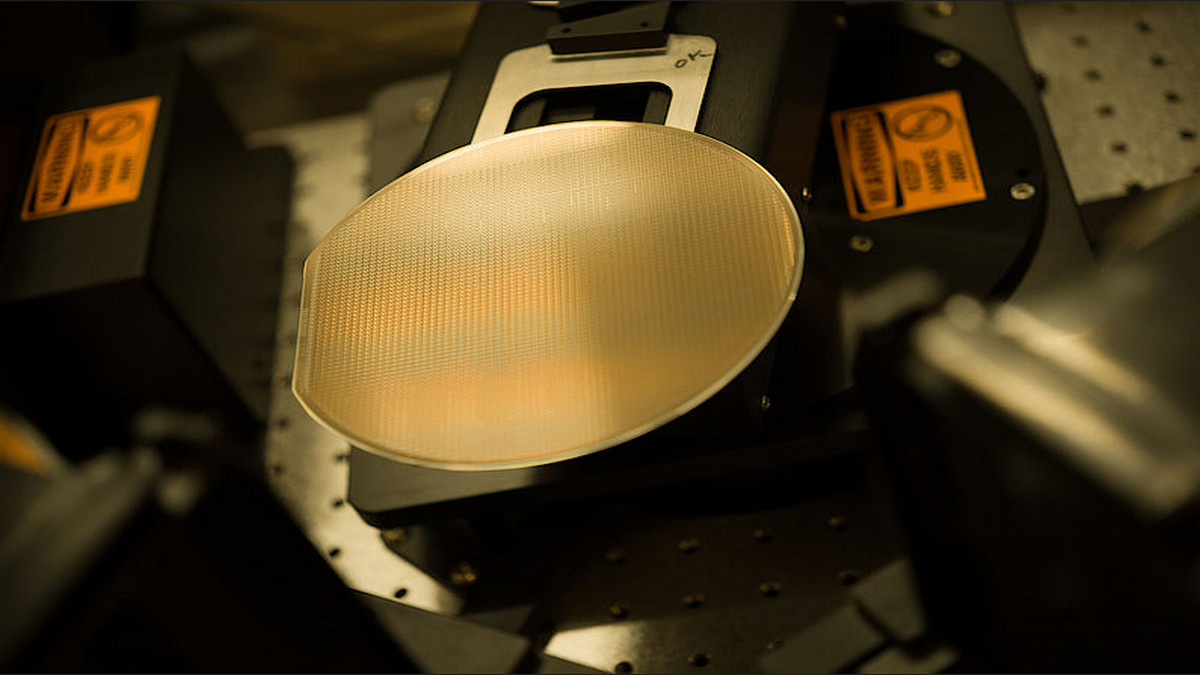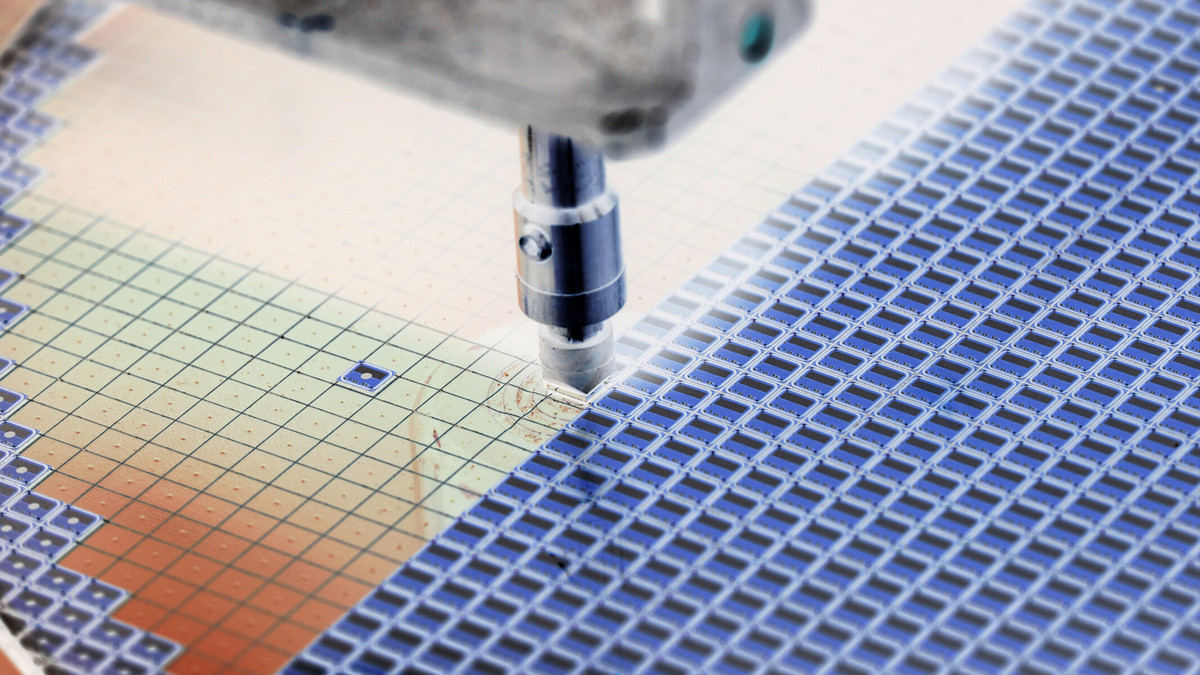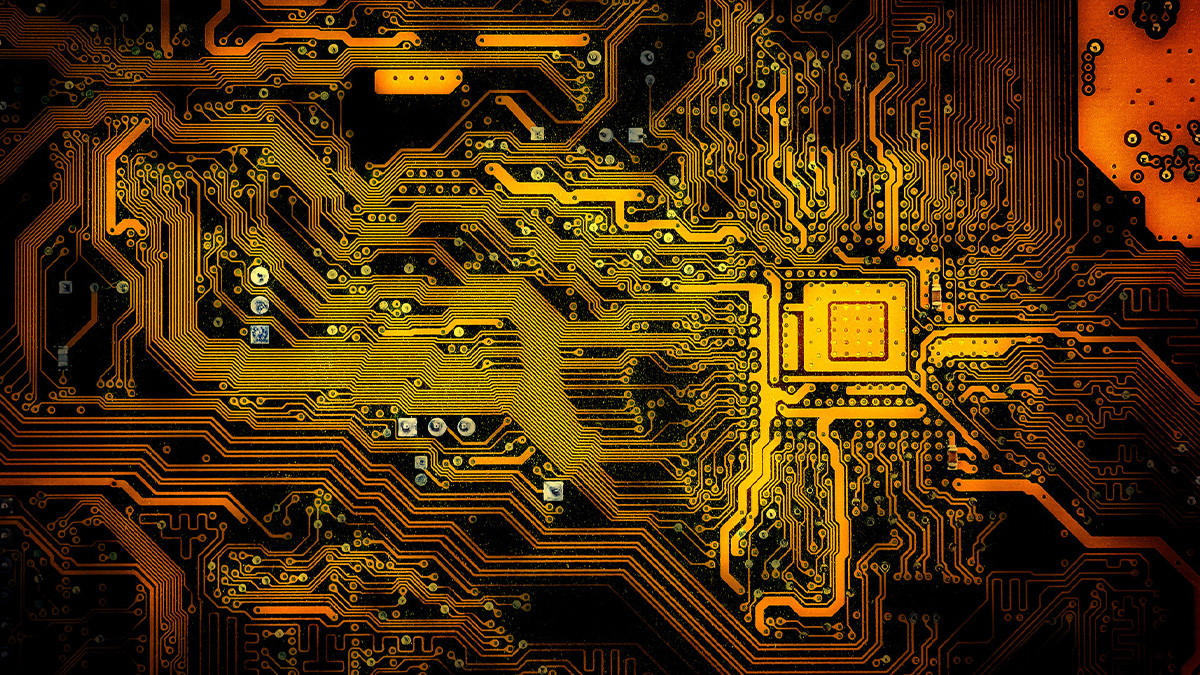- Showing results for
- Semiconductor Manufacturing
Semiconductor supply chain include all kinds of semiconductor manufacturing and design industries, such as IC manufacturing, IC packaging and testing, IC design, and discrete component manufacturing.
2023-04-25 14:15:03
Semiconductor supply chain include all kinds of semiconductor manufacturing and design industries, such as IC manufacturing, IC packaging and testing, IC design, and discrete component manufacturing.
2023-03-09 13:22:19
In the semiconductor news, wafers are always mentioned in terms of dimensions, such as 8-inch or 12-inch wafers, but what exactly is a so-called wafer? What does the 8 inches refer to? How difficult is it to produce large-sized wafers? The following is a step-by-step introduction to the most important foundation of semiconductors - what is a "wafer".
2022-08-25 16:16:18
The third-generation semiconductor is currently the hottest topic in the high-tech field, and plays an indispensable role in the development of 5G, electric vehicles, renewable energy, and Industry 4.0. What is the third generation of semiconductors? In this article, we will take you to understand this key technology that can affect the future of the technology industry from the most simple and comprehensive perspective.
2022-08-22 16:00:59
Wafer-level packaging (WLP) has gained traction over the past decade as the semiconductor industry continues to push for generations of higher-performance chips. Back-end packaging technologies are becoming increasingly important in meeting the demands of low-latency, high-bandwidth, and low-cost semiconductor devices.
2022-08-16 11:32:05
Lithography is the most important processing technology of integrated circuits and the most critical technology for manufacturing chips. In the entire chip manufacturing process, the implementation of almost every process is inseparable from the technology of lithography.
2022-07-28 09:22:50
Taiwan's semiconductor industry is booming, and sub-industries such as wafer foundry, back-end packaging, and testing, and IC design are among the best in the world.
2022-07-26 17:27:34
GaN and SiC - Third-generation semiconductor materials have been widely used in producing blue and green LEDs and lasers. GaN and SiC production has become an essential technology for many semiconductor manufacturers.
2022-06-21 09:32:12
When reading or hearing about the semiconductor industry, we often hear the term wafer mentioned. But what exactly is a so-called wafer? What does an “8 inch” or “12 inch” wafer refer to? How difficult is it to produce large-sized wafers? The following is a step-by-step introduction to the most important foundation of semiconductors, the wafer.
2022-06-20 16:51:16
Electronic components are the basic components combined together to make complete electronic products. Understanding the functions, types, structures, and properties of commonly used electronic components is fundamental to understanding electronic technology.
2022-06-14 15:30:43
The EU not only does not have sufficiently advanced fabs for semiconductor chip manufacturing, but the production capacity for packaging and testing plants is also lacking. With production mostly concentrated in China and Taiwan, and with the EU lagging behind, the "Chip Act", proposed by the EU is expected to help the EU semiconductor industry to catch up.
2022-04-15 17:27:54
The global chip shortage, now dragging into its second year, has shaken the electronics industry to its core, crimping the world's ability to build everything from cars to consumer goods and raising prices, and there are a lot of variables complicating the recovery.
2022-04-12 10:53:46
Governments are actively promoting the development of regional semiconductor supply chains. AI combines emerging technologies and applications such as the Internet of Things, automotive electronics, and compound semiconductors to drive the growth momentum of the semiconductor industry.
2022-04-01 16:42:17
As we head into 2022, with the semiconductor industry still dealing with the global ripple effects of the chip shortage, there are several other key trends dramatically shifting the landscape of this industry. In this post, we’ll take a look at these trends and discuss what we can expect over the coming year.
2022-03-31 09:17:39
Integrated circuits are a combination of wide-ranging electronic circuits integrated into a semiconductor chip. They are designed to perform the advanced computational functions which are used in key processor programs. Let's learn more about these fascinating integrated circuits.
2022-03-28 16:01:44
MCUs (microcontroller units) have a wide range of terminal applications, including home appliance controls, automotive electronics, education and entertainment, medical equipment, etc. Among them, automotive electronics and the Internet of Things are the main driving forces of the MCU industry.
2022-01-24 10:56:06
The concept of the Metaverse is to use immersive technology to create a second "virtual parallel time and space" in the physical world. People will be able to enter a new virtual world where they can work, socialize and play through virtual identities.
2022-01-13 17:09:31
According to forecasts, the compound annual growth rate of the semiconductor industry from 2021 to 2026 will exceed 6%. With the increase in investment in storage devices and semiconductor components, the technological advancement of the entire semiconductor industry is also constantly evolving. The emergence of the Internet of Things (IoT) and artificial intelligence (AI), as well as the proliferation of complex electronic products, are driving high-end applications in the consumer electronics and automotive industries, increasing the adoption rate of semiconductor manufacturing to meet growing demands.
2021-07-30 10:53:44
Semiconductor supply chain include all kinds of semiconductor manufacturing and design industries, such as IC manufacturing, IC packaging and testing, IC design, and discrete component manufacturing.
2021-07-26 14:11:15
In 2020, Taiwan manufacturing output will decline by about 5%, but the semiconductor industry will maintain positive growth. Semiconductor refers to a material whose conductivity can be controlled. The upstream of the semiconductor industry chain is IP and IC design, the midstream is IC, wafer, mask or chemical manufacturing, and the downstream is the packaging and testing industry.
2020-10-13 15:20:30
Agree




















